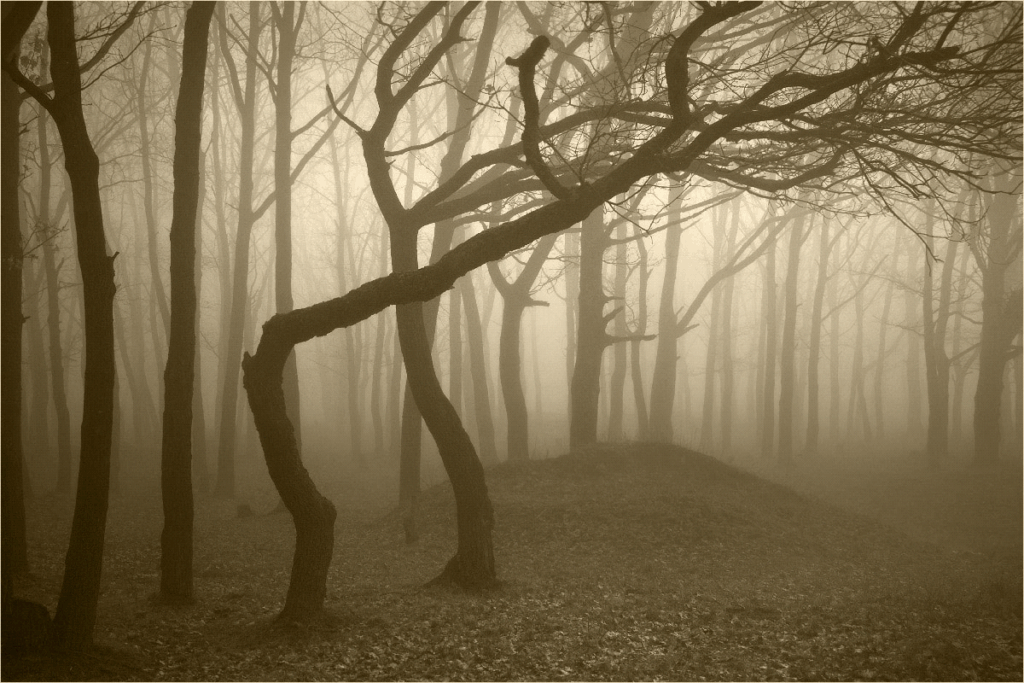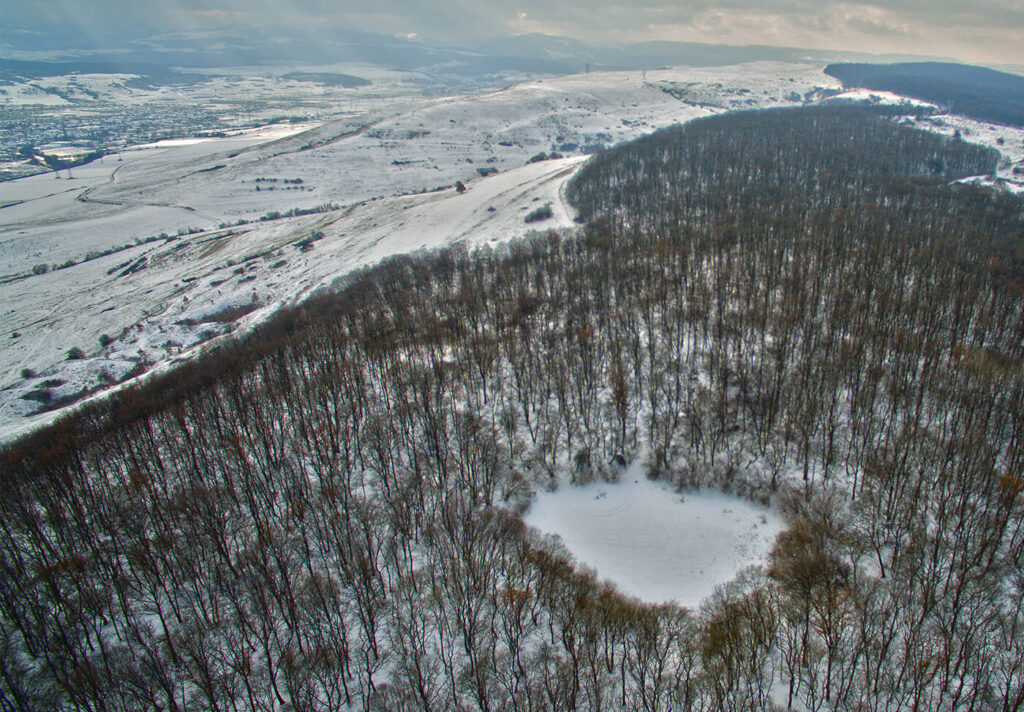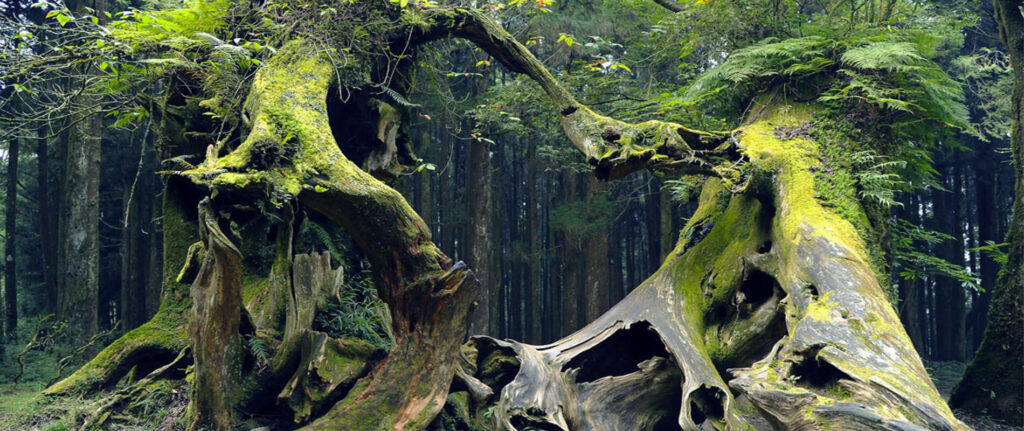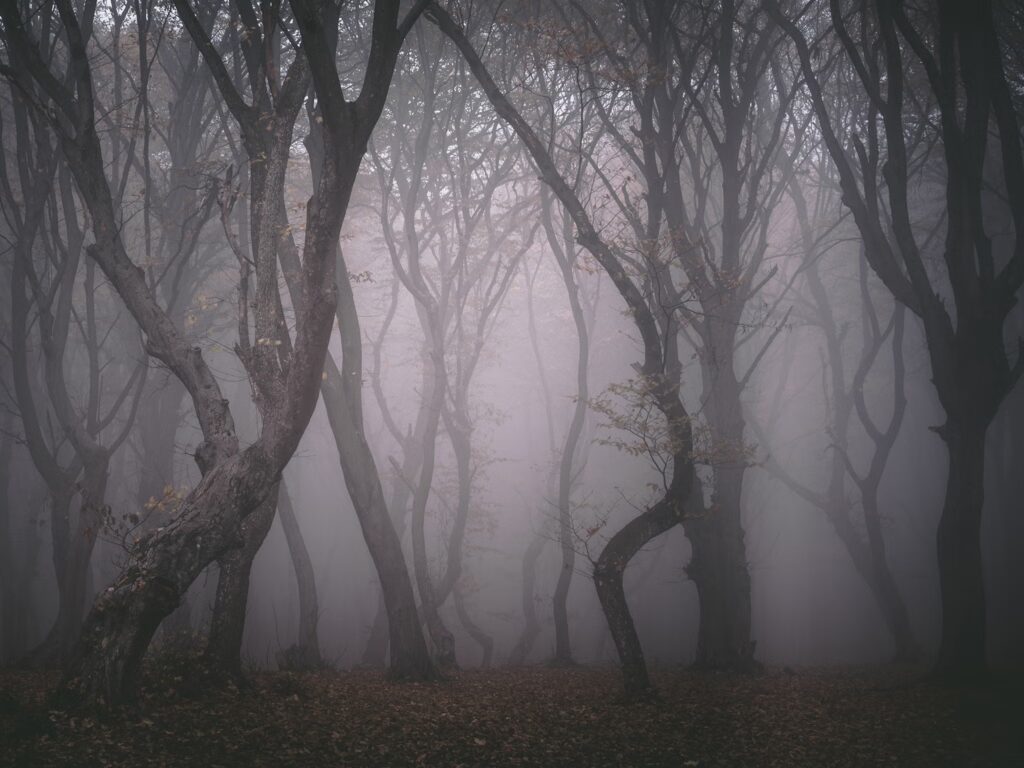Tucked just outside the city of Cluj-Napoca in Transylvania, Romania, lies a forest whispered about in chilling tales and shadowed by legends: Hoia Baciu. Known as the “Bermuda Triangle of Transylvania,” this dense woodland has earned a global reputation as one of the most haunted places on Earth. It’s a forest where compasses spin wildly, electronics fail without reason, and visitors report everything from ghostly apparitions to feelings of intense dread.
Whether you come as a skeptic, a thrill-seeker, or a lover of the unexplained, stepping into Hoia Baciu feels like crossing the threshold into another realm—where science, myth, and the supernatural blur under a thick canopy of twisted trees.
The Origins of a Haunting

The forest is named after a local shepherd who, according to legend, vanished within its boundaries along with his entire flock of 200 sheep—never to be seen again. That event was just the beginning of Hoia Baciu’s reputation for inexplicable disappearances and eerie phenomena.
Stories of ghost sightings, disembodied voices, glowing orbs, and sudden physical symptoms like nausea, burns, or anxiety have circulated for decades. Some visitors report time distortions or missing chunks of memory after walking through the woods. While no concrete evidence supports these claims, the sheer consistency and volume of stories have made the forest a hotspot for paranormal enthusiasts.
A Strange Geography

Even the trees in Hoia Baciu seem touched by mystery. Many are unnaturally twisted into spirals or curves that seem to defy biological norms. Most famous of all is the “Clearing,” a perfectly circular patch of land in the heart of the forest where nothing grows. Soil tests have revealed no obvious reason for this sterile patch—no chemical contamination or unusual pH—yet vegetation avoids it entirely.
Locals often speak of the Clearing in hushed tones, claiming it as a portal, a cursed site, or the center of the forest’s paranormal activity. Some believe it’s where the shepherd and his flock vanished. Others claim to have seen strange lights or floating figures hovering over the spot.
Alien Encounters and Modern Legends
In the 1960s, the forest took on a new dimension of mystery with a spate of alleged UFO sightings. A biologist named Alexandru Sift captured unexplained flying objects on film while conducting research there. His photographs, along with other eyewitness accounts of luminous flying shapes, sparked a surge in international attention.
In 1968, a military technician named Emil Barnea took a famous photograph of a flying disc over the forest—what many consider one of Europe’s most credible UFO photos. Though skeptics point to possible lens flares or photo manipulation, the image remains part of the forest’s allure and mystique.
Visiting Hoia Baciu Today

Today, Hoia Baciu draws a mix of visitors—from ghost hunters and spiritual mediums to curious travelers and hikers. It’s accessible via trails from Cluj-Napoca, and several local guides offer night tours, complete with ghost stories and EMF detectors for those chasing the paranormal.
Whether you visit during the day or dare to stay after dark, the forest’s atmosphere is undeniably intense. The thick foliage muffles sound. The tree limbs twist like reaching fingers. And the stories—true or not—linger in your mind as the sunlight fades.
Science vs. the Supernatural
While many of Hoia Baciu’s mysteries remain unsolved, skeptics and scientists offer rational explanations for its phenomena:
- Twisted trees: Environmental factors such as heavy snow, strong wind, or localized genetic mutations may explain their shapes.
- Feelings of dread or nausea: High electromagnetic fields, common in areas with underground mineral deposits, can produce such symptoms in sensitive individuals.
- Glowing orbs and lights: Bioluminescent fungi, swamp gas, or camera artifacts are often cited as more mundane causes.
Still, science hasn’t answered every question. And perhaps that’s the forest’s greatest power: it lives in the space between explanation and experience, where imagination and reality intertwine.
Tips for Exploring the Forest

- Go with a guide: Local guides know the safest paths and can provide deeper context to the forest’s legends.
- Visit in daylight first: It’s easy to get disoriented among the trees. If you plan to explore at night, scout the area during the day.
- Bring proper gear: Flashlights, maps, and a charged phone are essential. Expect limited to no cell service inside the forest.
- Stay respectful: Whether or not you believe the stories, Hoia Baciu is a natural site and cultural landmark. Don’t litter or damage the trees.
Final Thoughts
Hoia Baciu is more than a haunted forest—it’s a mirror reflecting our fascination with the unknown. In its twisted trees and silent glades, we project our fears, beliefs, and endless questions. It may not offer proof of ghosts or portals, but it provides something just as valuable: mystery.
For those who walk its paths with an open mind and a curious heart, Hoia Baciu is a reminder that some places are meant not to be solved, but simply experienced.
